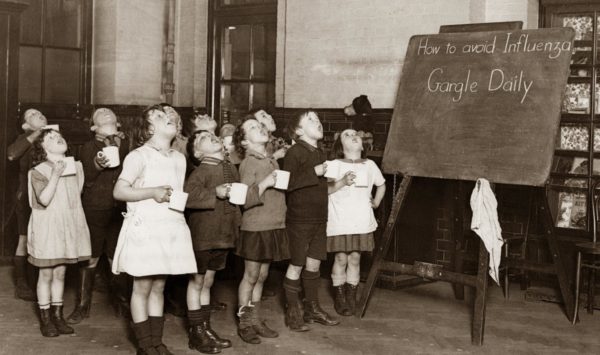THE NYC “CORONAVIRUS” OF 1918 (1918)

******************************************************************************************************************************** Brownstone Detectives investigates the history of its clients’ homes. The story you are about to read was composed from research conducted in the course of one of those investigations. ******************************************************************************************************************************** In 1918, the world was facing a pandemic. Influenza was on the march and it was killing more people than World War I ever could. Soldiers were dying before they could reach the front. School children were losing their lives at alarming rates. WHERE DID INFLUENZA COME FROM? According to History.com, the term influenza became commonplace to describe the disease, at least in Britain, in the mid-1700s. At the time, it was thought that the influence of the cold (influenza di freddo), along with astrological influences or the conjunction of stars and planets (influenza di stelle), caused the disease. In 1892, Dr. Richard Pfeiffer isolated an unknown bacterium from the sputum of his sickest flu patients, and he concluded that the bacteria caused influenza. He called it Pfeiffer’s bacillus, or Haemophilus influenzae. Scientists later discovered that H. influenzae causes many types of infections—including pneumonia and meningitis—but not influenza. Researchers finally isolated the virus that causes flu from pigs in 1931, and from humans in 1933. THE SPANISH FLU IN NYC The first “modern” flu pandemic occurred in 1889 in Russia, and its sometimes known as the “Russian flu.” It reached the American continent just 70 days after it began and ultimately affected approximately 40 percent of the world’s population. The flu pandemic of 1918 is sometimes known as the […]